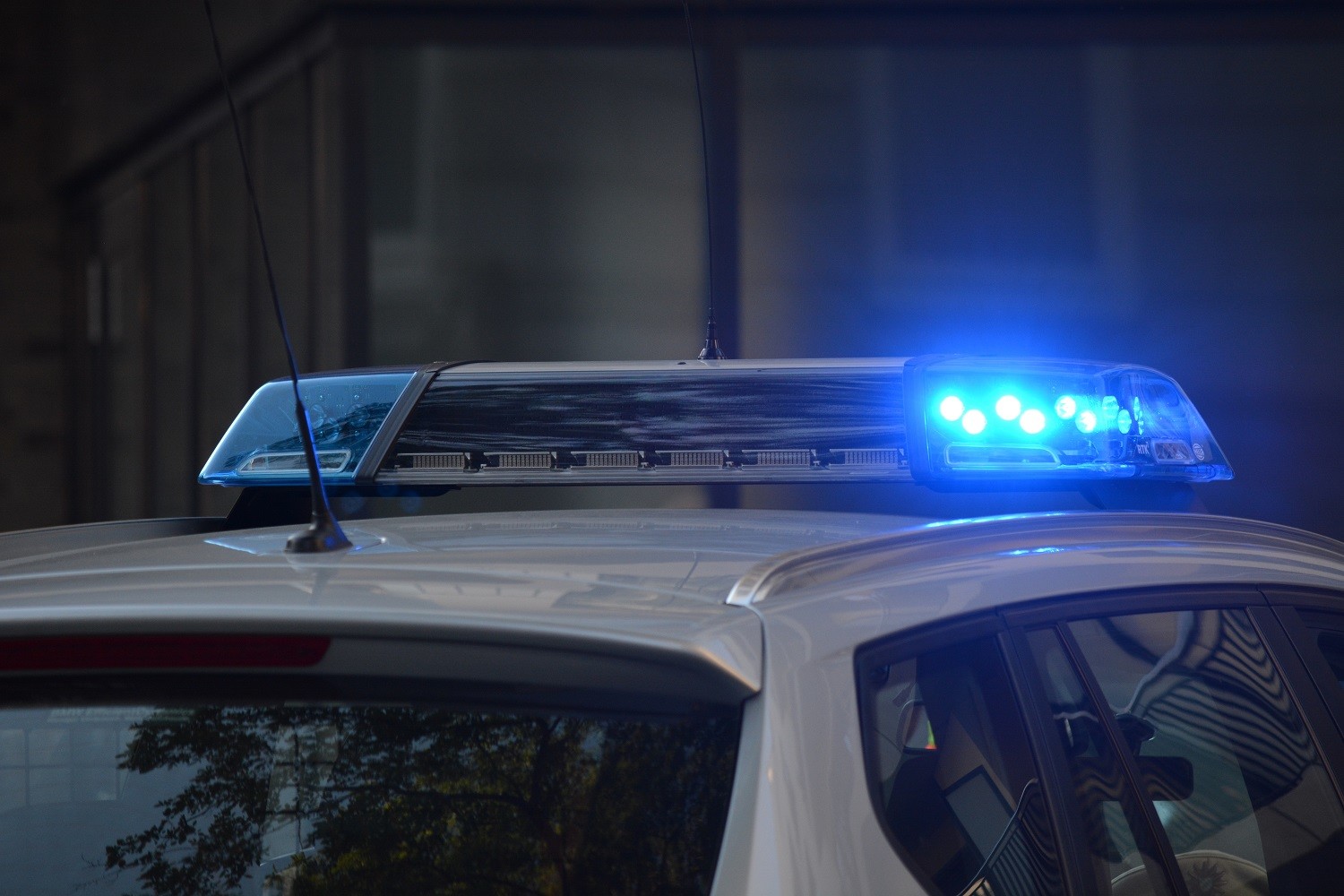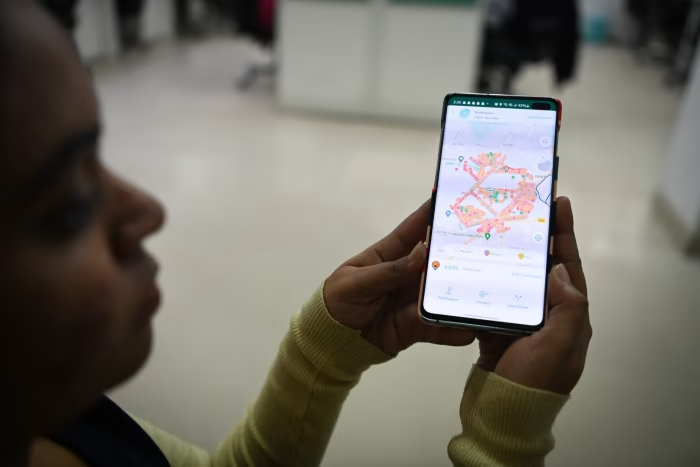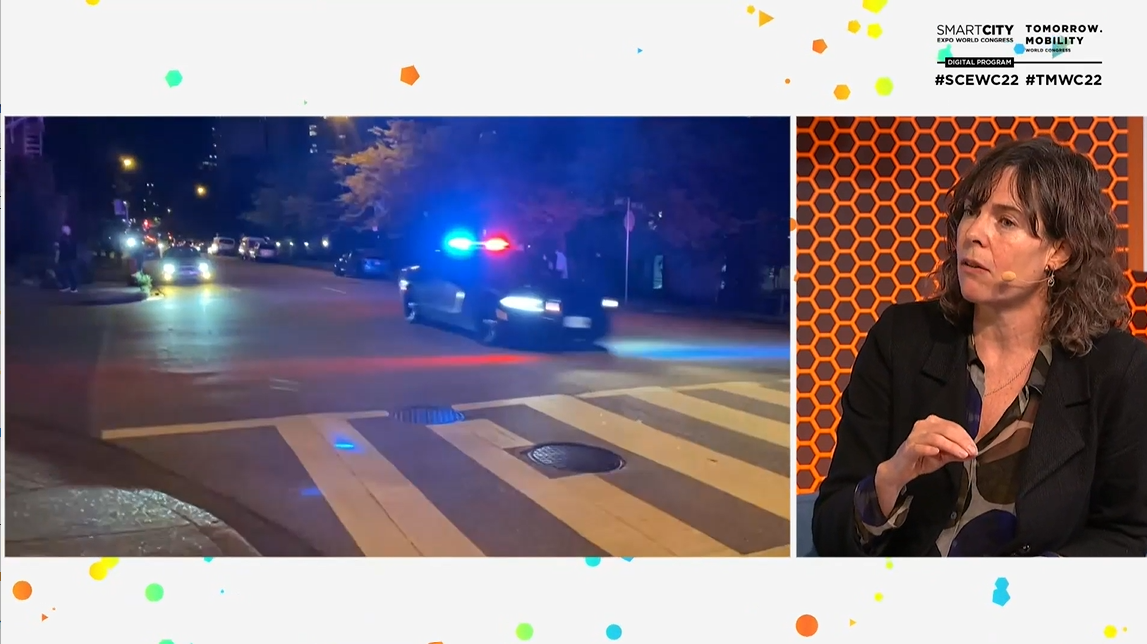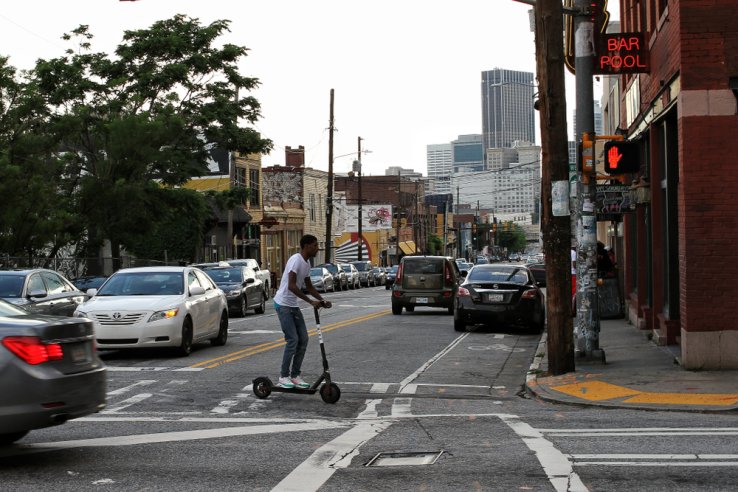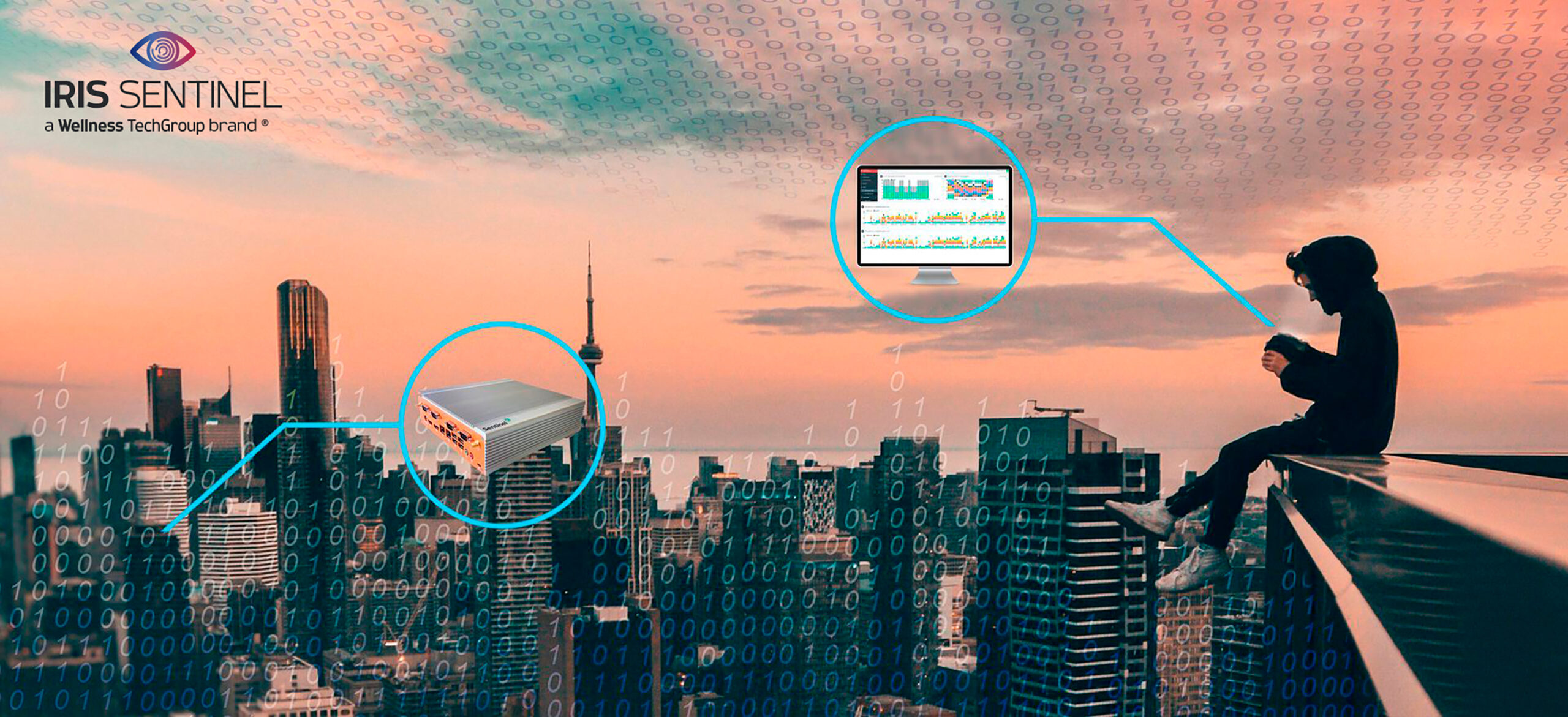Author | Lucía Burbano
When there is a traffic accident, a rapid response is crucial to prevent further issues. However, various circumstances may prevent drivers from contacting emergency services when they need them the most. In critical situations like these, the various technologies available on smartphones can be crucial in saving lives.
Smartphones, essential allies in safety
Having a smartphone during a traffic accident can be a decisive factor in the narrow window of time that emergency teams have to locate and attend to victims. Additionally, smartphones enable those involved to quickly contact their loved ones and insurance companies, initiate necessary procedures, take photos, and follow up on any information that may be useful in the future.
“Crash Detection,” available on iPhone and Google Pixel, is a pre-installed feature (though it requires enabling necessary permissions) in both operating systems that can detect if the smartphone user has been involved in a serious car crash.
It is designed to detect impacts from various directions and with other vehicles using technologies such as sensors, particularly accelerometers and gyroscopes. These sensors detect speed and movement, allowing the device to perceive when the vehicle stops suddenly or violently.
These devices also rely on GPS data and microphone activity to detect sounds and other signs of a collision. They can also determine if the vehicle’s airbags have been deployed using an extremely sensitive barometer.
Furthermore, if the smartphone detects that the user has been in an accident, it immediately sends an alert to the emergency services and shares the user’s location.
Regardless of the operating system, there are smartphone apps available that can perform this function effectively. For example, Life360 Crash Detection, is a free service that detects collisions when the vehicle is traveling at more than 40 km/h, utilizing accelerometers and GPS installed in smartphones.
Other advanced features include SOS alerts connected to emergency services 24/7, which automatically send help to the vehicle’s location, even when the user is unable to request it.
Other vital information that smartphones can capture

Sensor technology installed in smartphones contributes significantly to other features related to road safety.
Detecting driver drowsiness
The European project i-Dreams developed a method to alert truck drivers if they begin to drive dangerously. Based on data collected from the vehicles, the driver, and the surroundings, as well as a survey of 600 drivers across five countries, the project’s team has successfully identified instances where a driver may be losing control, by detecting, for example, if the driver is driving too closely to the vehicle ahead or encountering wet road conditions. A warning alert is subsequently sent to the driver via a smartphone app, prompting them to react.
The condition of roads
Other apps, like Stan, operate collaboratively by leveraging the assistance of other drivers to notify the relevant authorities about road hazards such as rough patches, potholes, or other incidents on the road infrastructure. The contributions are displayed on an interactive map, allowing users to track progress in real-time and select safer routes based on the reported incidents.
Avoid distractions
Various smartphone apps can block different features of the phone to prevent users from receiving messages or other distracting sounds while driving. These apps never disable the aforementioned sensors, which, along with GPS, play a critical role in alerting emergency services in case of an accident.
Photographs | Unsplash/Maël BALLAND, Unsplash/benjamin lehman




















